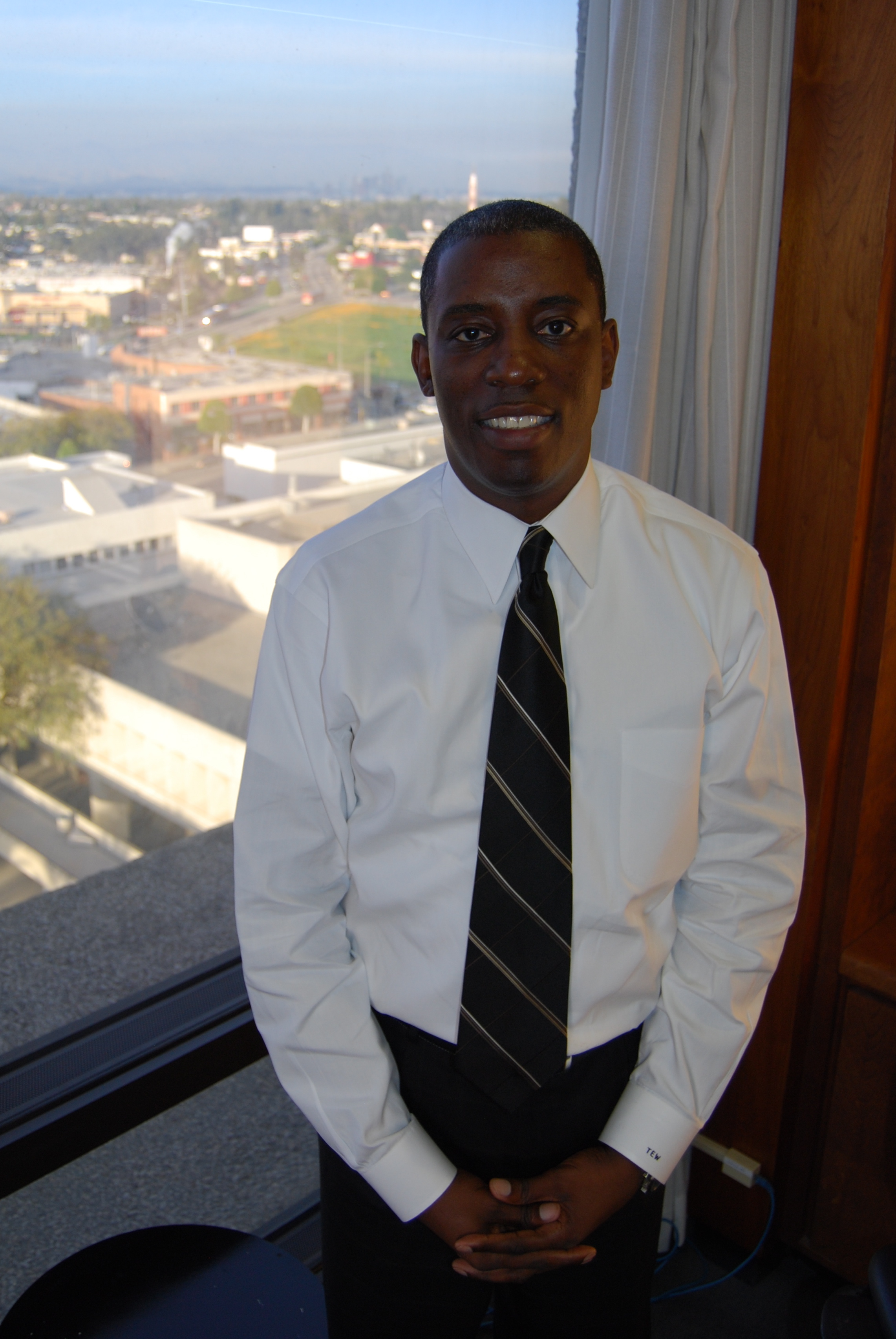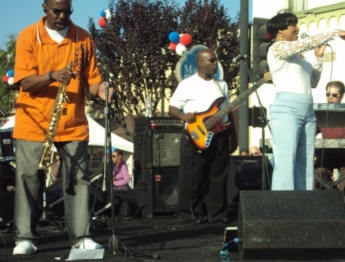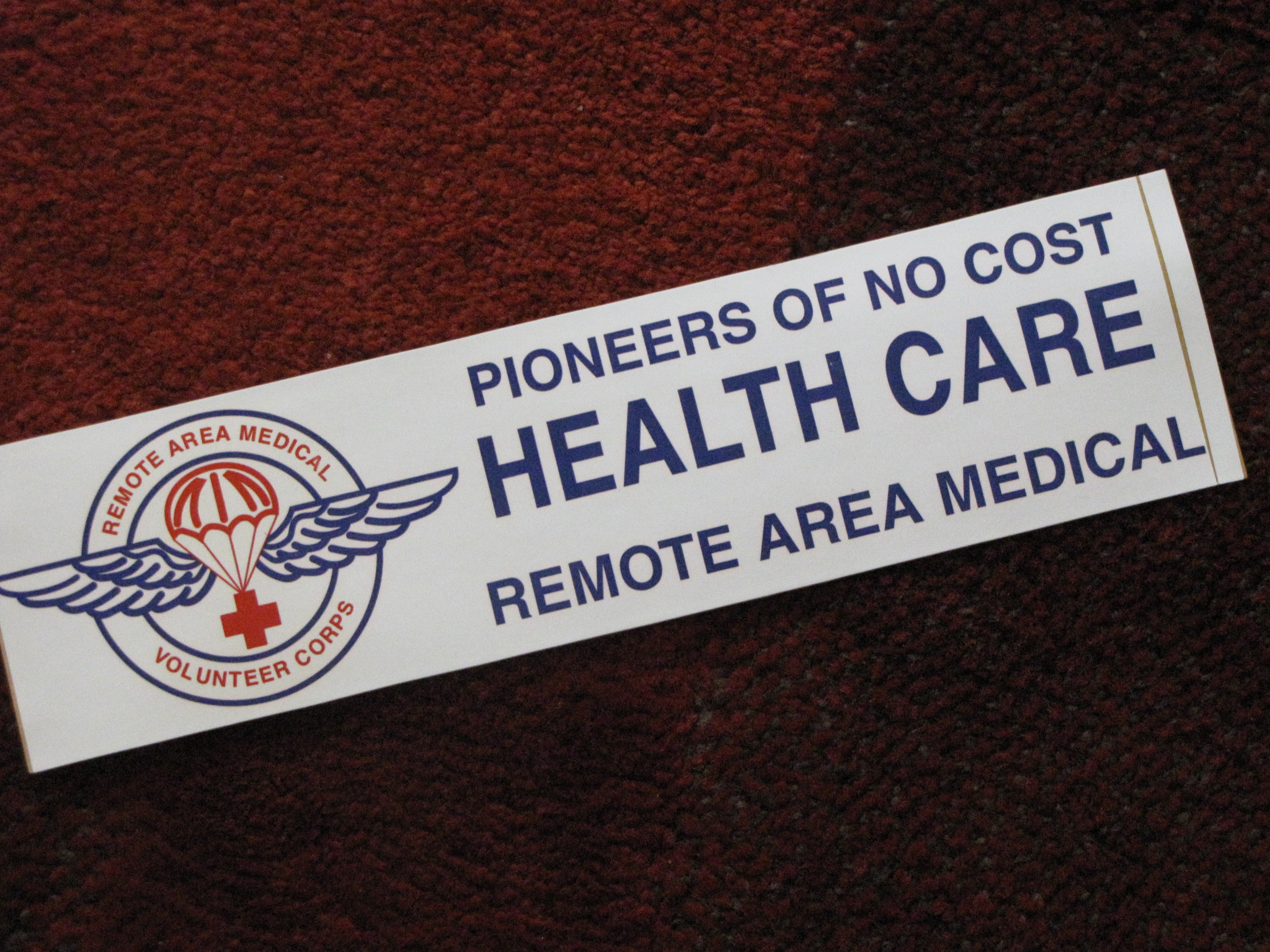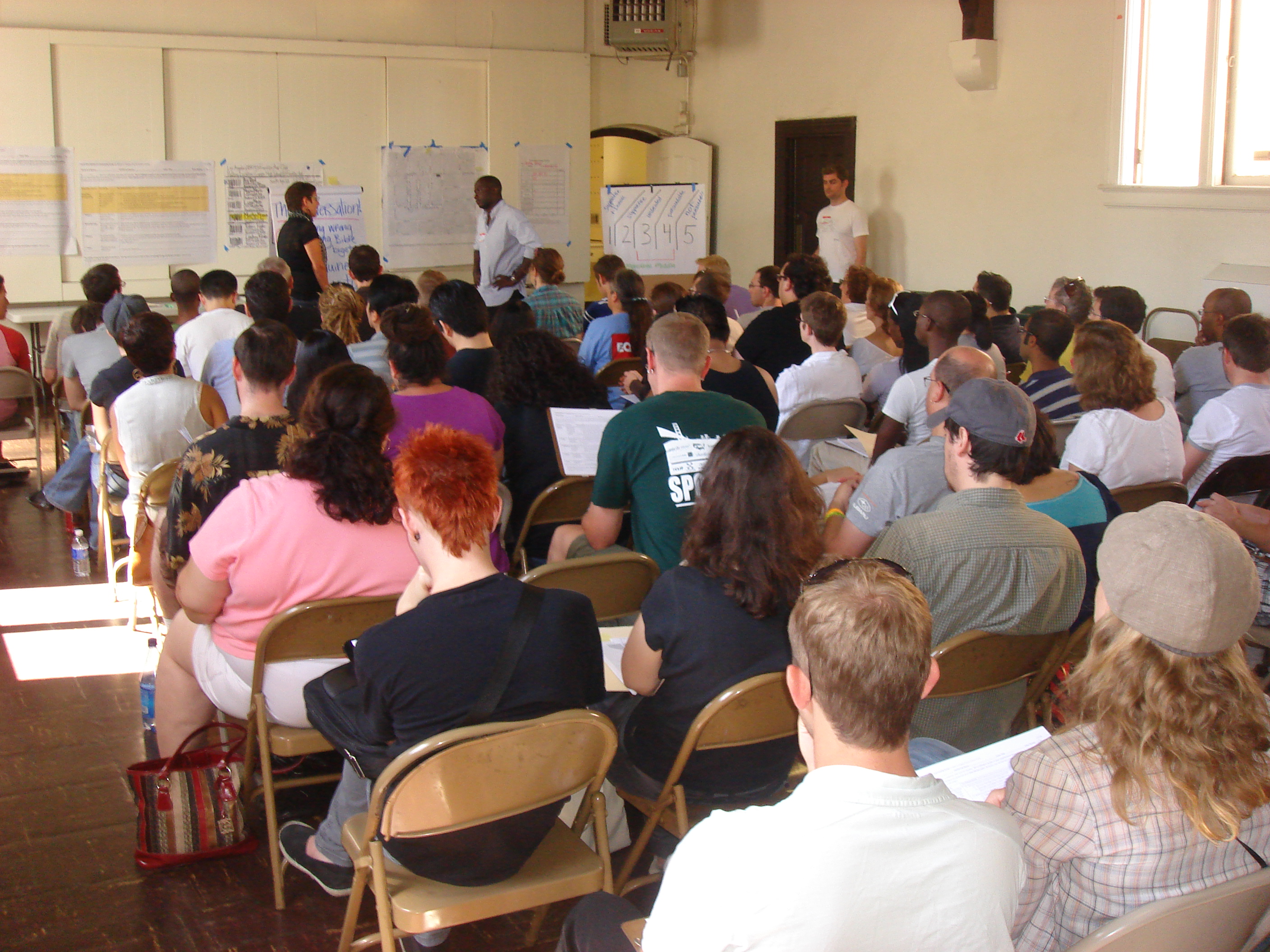 To the left of the front door at Inglewood City Hall hangs an illuminated blue and white sign featuring the names of the five city council members and the districts they represent. But one name is obscured by a fresh coat of royal blue paint, that of former Mayor Roosevelt Dorn. In the lobby, a frame that until a few weeks ago held his portrait is now empty, as if someone removed Dorn’s image but left the frame as a subtle reminder of his recent fall from grace.
To the left of the front door at Inglewood City Hall hangs an illuminated blue and white sign featuring the names of the five city council members and the districts they represent. But one name is obscured by a fresh coat of royal blue paint, that of former Mayor Roosevelt Dorn. In the lobby, a frame that until a few weeks ago held his portrait is now empty, as if someone removed Dorn’s image but left the frame as a subtle reminder of his recent fall from grace.
On January 18, Roosevelt Dorn resigned after pleading guilty to the misuse of public funds. Dorn was the second black mayor in the history of Inglewood, a city that is half African American, and his departure left residents divided between those who decried his betrayal of the public trust and those who defended one of their own.
“I don’t think he’s been very good for the city,” said Erin Aubry Kaplan, who has written extensively about the black community in Los Angeles—including articles critical of Dorn — and who grew up in Inglewood. In an interview she affirmed the view she has expressed in the Los Angeles Times and the LA Weekly that Dorn is an authoritarian, autocratic, ego-driven leader who kept the city from growing. Aubry Kaplan said that the damage done by Dorn as mayor far outweighed his accomplishments.
“He did some questionable stuff and didn’t care what people thought,” Aubry Kaplan said. “He got in the way of what could have happened in Inglewood.”
Erin Kaplan’s husband, Alan Kaplan, who teaches American history at Alexander Hamilton High School and serves on the Inglewood Police Commission, said Dorn’s actions damaged the credibility of black leadership in Los Angeles. “[There is a] stereotype that black people can’t handle freedom,” he said.
But Earl Ofari Hutchinson, author of “The Assassination of the Black Male Image”, said Dorn has become a scapegoat for intractable problems within Inglewood city government. Problems which have led the city to stagnate and falter in recent years. He disagreed with the notion that Dorn’s departure diminishes the perception in the larger community of the ability of African Americans to govern their own communities.
“I don’t think this was really a case of denigration or even a mud sling at the African American male image,” Hutchinson said. “The charges came from African Americans in the community, not outside of the community.”
Whatever their origin, Michael Falkow, the deputy city administrator said the departure of Dorn, who did not respond to repeated requests for an interview, altered alliances on the city council and in the community. “Today’s buddies are tomorrow’s enemies,” he said.
Known as Mayor to his community, Reverend to his congregation and Judge to the youth who came before him in his 18 years with the LA County Superior Court, Roosevelt Dorn was a fixture in Inglewood civic life.
 He rose from an impoverished childhood in rural Oklahoma to a life of prominence and stature, both in judicial circles and within the African American community. He served as president of One Hundred Black Men, a philanthropic organization where he worked to improve the quality of life for African Americans and other minorities. He promoted Project Hope, a program dedicated to reducing high school dropout rates. He helped lead an effort to pass a $131 million bond initiative to fund programs and services for children. And during his 13-year tenure as mayor, Dorn was credited with welcoming developers, entrepreneurs, and business owners to the city, bringing so-called “big box” retail to Century Boulevard between Crenshaw and Prairie.
He rose from an impoverished childhood in rural Oklahoma to a life of prominence and stature, both in judicial circles and within the African American community. He served as president of One Hundred Black Men, a philanthropic organization where he worked to improve the quality of life for African Americans and other minorities. He promoted Project Hope, a program dedicated to reducing high school dropout rates. He helped lead an effort to pass a $131 million bond initiative to fund programs and services for children. And during his 13-year tenure as mayor, Dorn was credited with welcoming developers, entrepreneurs, and business owners to the city, bringing so-called “big box” retail to Century Boulevard between Crenshaw and Prairie.
But Dorn could also be a polarizing figure, both in the council chambers and in the courtroom, where he routinely stretched the bounds of his judicial authority.
Author Edward Humes deascribed Dorn’s courtroom demeanor in “No Matter How Loud I Shout”: “Dorn once revoked a boy’s probation and sent him to boot camp for six months for refusing his mother’s order to take out the trash. ‘I’m putting you back in control, Mother,’ Dorn said eyes locked on the stunned teenager before him. ‘Next time, if you tell him to take out the garbage, he had better jump.” Humes characterized Dorn’s courtroom speeches “as appropriate for a Sunday sermon as for a courtroom lecture.”
In the end it wasn’t Dorn’s demeanor that did him in, but his financial dealings with the city.
Howard Eley, an Inglewood resident who attended a recent post-Dorn city council meeting, was harsh in his assessment of his former mayor.
“He’s a crook,” Eley said.
Raynald Davis, a longtime Inglewood resident and city hall observer, was more measured in his critique. For him, Dorn’s fall brought to mind a biblical verse from Romans 1:22, “although they claimed to be wise, they became fools.”
In Davis’ estimation, Dorn was too smart for his own good –his extensive knowledge of the law and politics led him to abuse his post.
“He lost his good name for $500,000,” Davis said. “[He has] himself to blame. The man did good things, and that’s what makes it a tragedy. He did not have to do what he did.”
Inglewood City Hall photo courtesy of Flickr user bigmikelakers
Read more about Roosevelt Dorn on the South LA Report:
Former Inglewood mayor charged with misusing public funds will receive retirement benefits
DORN RESIGNS: Jury selection continues for Inglewood mayor










 The night before he was forced out of office, Inglewood’s former Mayor Roosevelt Dorn officially retired, meaning he is entitled to nearly $40,000 a year in retirement benefits for the rest of his life, according to City Administrator Timothy Wanamaker and city council members.
The night before he was forced out of office, Inglewood’s former Mayor Roosevelt Dorn officially retired, meaning he is entitled to nearly $40,000 a year in retirement benefits for the rest of his life, according to City Administrator Timothy Wanamaker and city council members. In a city that is for the moment without an official mayor, Tim Wanamaker, Inglewood’s city administrator, is keeping the daily workings of municipal government on track.
In a city that is for the moment without an official mayor, Tim Wanamaker, Inglewood’s city administrator, is keeping the daily workings of municipal government on track.

 The free medical clinic – sponsored by
The free medical clinic – sponsored by  INGLEWOOD – The grassroots campaign for marriage equality reached into South Los Angeles when gay organizations sent dozens of volunteers into neighborhoods to build support for the repeal of California’s Proposition 8 banning same-sex marriage.
INGLEWOOD – The grassroots campaign for marriage equality reached into South Los Angeles when gay organizations sent dozens of volunteers into neighborhoods to build support for the repeal of California’s Proposition 8 banning same-sex marriage..jpg) Even so, volunteers encountered cool, even hostile, receptions. “It was kind of disheartening to have the door slammed in my face,” said Danny Daniels, a 23-year-old artist living in Los Angeles. Of the 30 doors he knocked on in the upscale Baldwin Hills neighborhood, 10 were open and four doors were opened long enough to be slammed shut. “Older African American people are just stuck in their old religious ways.”
Even so, volunteers encountered cool, even hostile, receptions. “It was kind of disheartening to have the door slammed in my face,” said Danny Daniels, a 23-year-old artist living in Los Angeles. Of the 30 doors he knocked on in the upscale Baldwin Hills neighborhood, 10 were open and four doors were opened long enough to be slammed shut. “Older African American people are just stuck in their old religious ways.”




